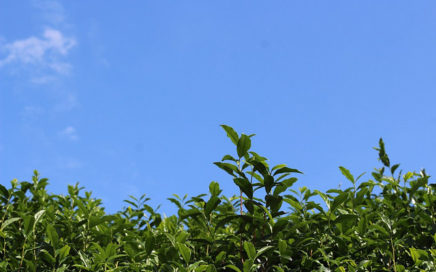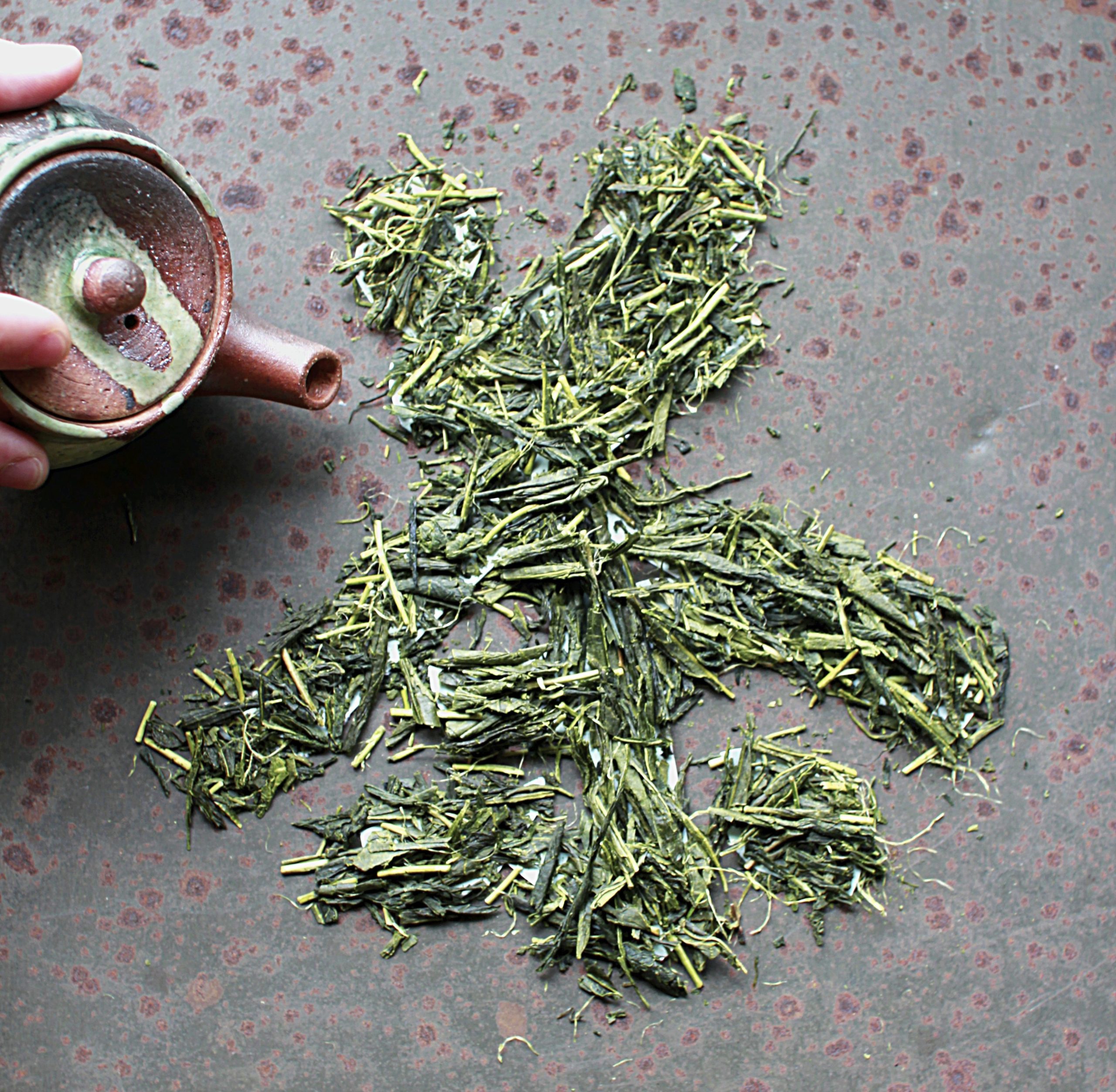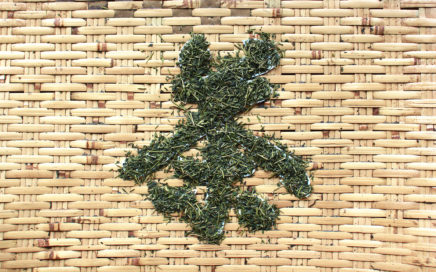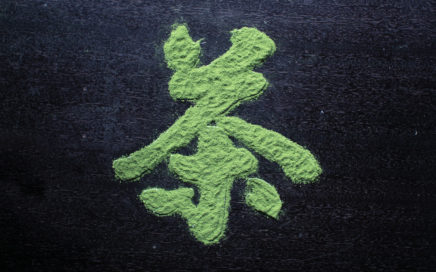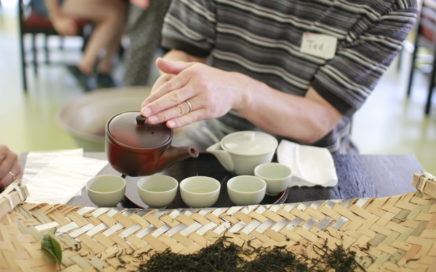
Tea Ware: Chawan, Houhin, and Kyusu
There are many ways to make tea, and just as many kinds of teapots. Today we’re going to talk about the three types of Japanese tea ware we use most often at Obubu: the chawan, houhin, and kyusu. Chawan 茶碗 Chawan, or tea bowls, are used together with bamboo whisks for making matcha in the […]

